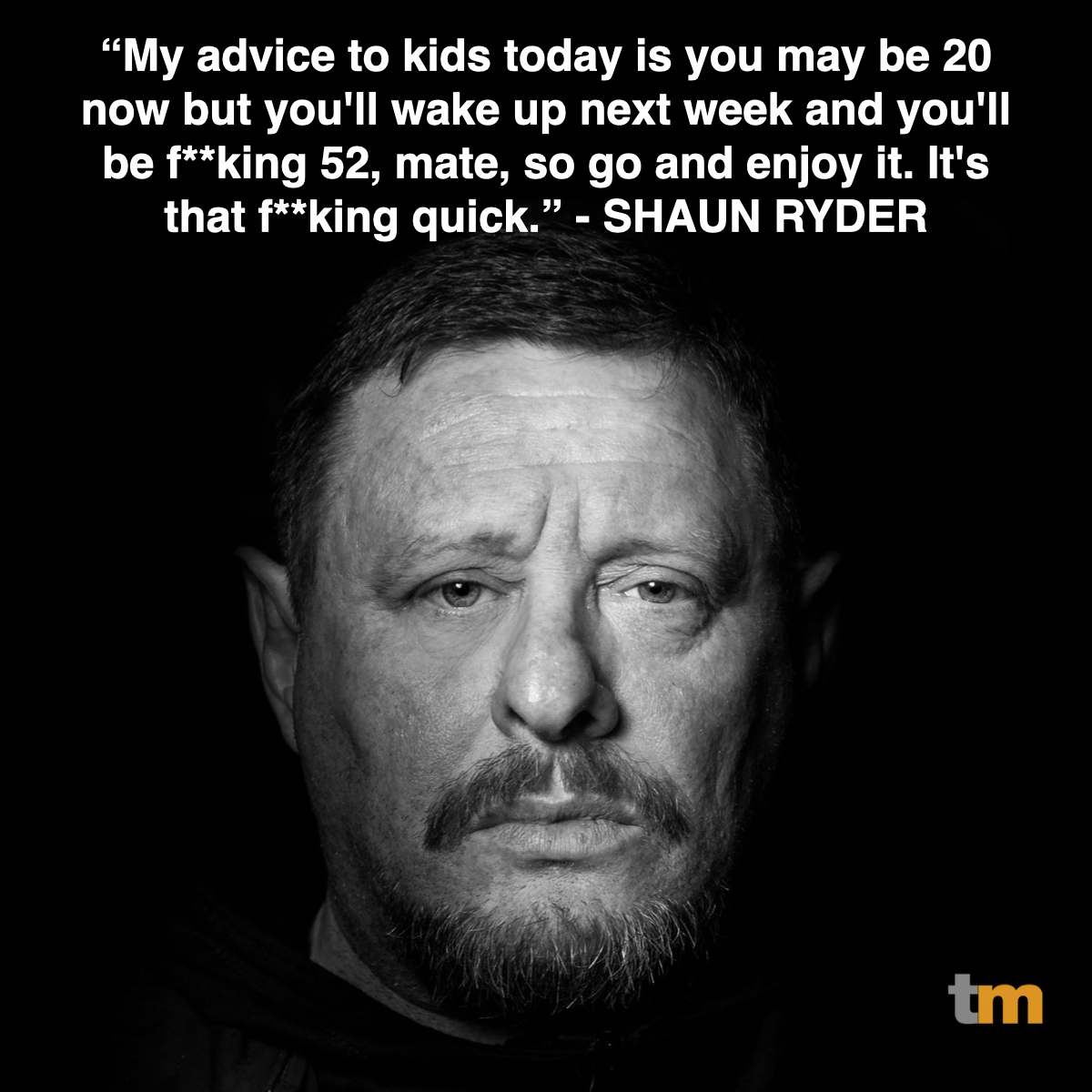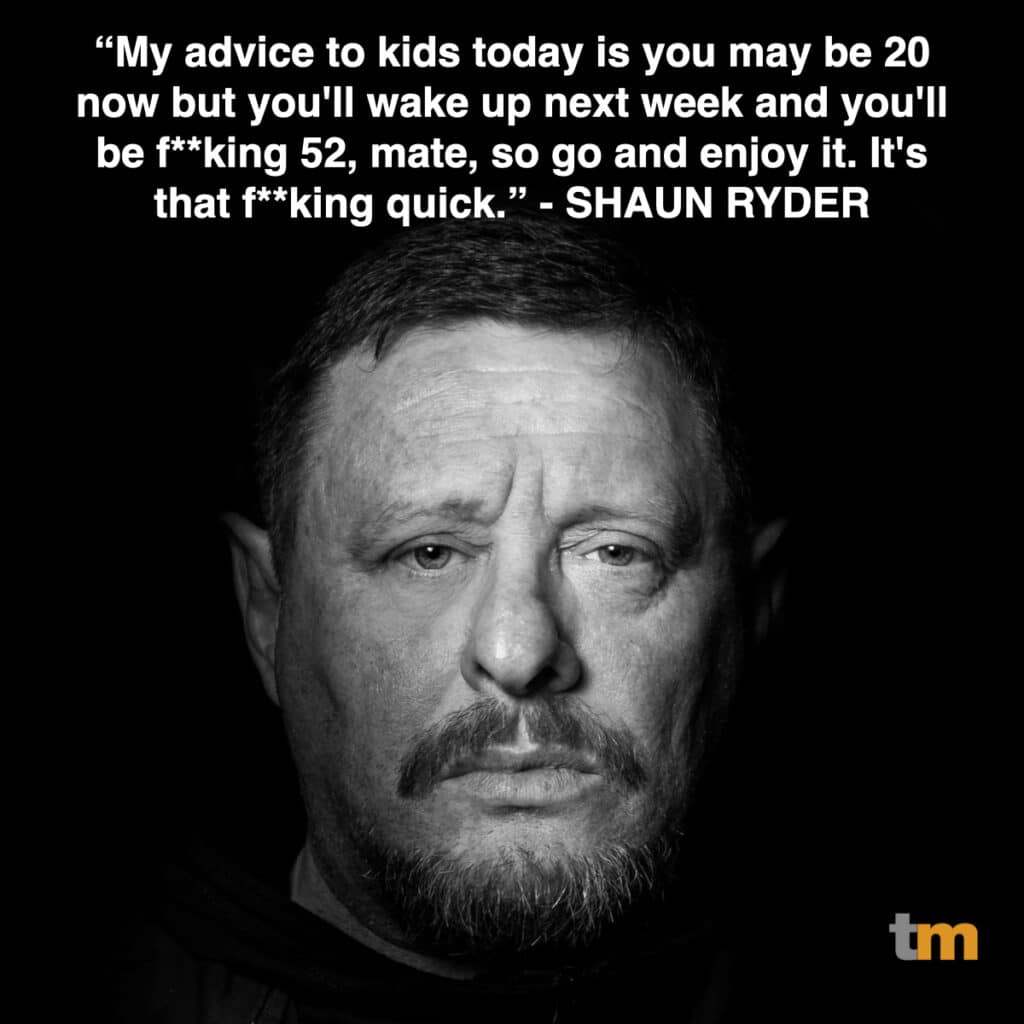New Monday #3
Happy Monday. Hmm...
Happy Mondays
We only just noticed that this email series shares a name with an English rock band from the 80s, Happy Mondays.
These guys were ahead of their time. They sort of “invented" their time.
Happy Mondays pioneered looping, often cutting up drum and bass drum parts into loops and then playing as a band live over them. The result is an interesting fusion of rock and dance music. The songs are more grooves than anything else, but the things they put over them are wild, noisy and yet musical. These are really interesting recordings.
DRUMS - Gary Whelan plays loops and then puts even more drums over them. And he’s a great player.
BASS BASS BASS - Paul Ryder is the god of simple, perfect bass grooves. He could have played for Motown.
VOCALS - Shaun Ryder is one of those vocalists who really can’t sing but somehow it works really well.
GUITARS - Mark Day is one of those interesting players nobody seems to know about. Cool guitar parts and sounds.
Ah, so much to steal... Enough - listen to this album....
Pills Thrills and Bellyaches
Mics leak from the FRONT... a recording tip
If you’re getting bleed into a cardioid mic, chances are putting gobos and stuff behind it to block stuff out isn’t going to make much of a difference.
Cardioid mics already reject sounds behind them really really well. Most of the bleed getting in from behind is going to be low frequency, and not much is ever going to stop low-frequency bleed because cardioids tend to go omni a bit at low frequencies (and low frequencies tend to go around or through objects without a lot of difficulty anyway. Hard to stop bass.).
So, where is the bleed coming from? It’s coming in the front of the mic, along with the sound you’re trying to record. It’s coming in “over your shoulder."
How to deal? First, there’s the direct-to-reflection ratio. Is the direct sound getting in a lot louder than the leakage getting in? Let’s call this ratio Acoustic Separation - the difference between the thing you want to hear and the thing you don’t want to hear.
Typically, acoustic separation is defined as 26dB: in other words, the direct sound should read 26dB higher on the meter than the indirect sound. In the studio, that’s pretty hard to get, but even a 10 or 15dB difference is going to be fine. Less than that and you will run into problems.
In the home studio, the best vocal booth you have is a closet stuffed full of clothes. Set up your mic facing into the closet - maybe a few inches outside of it but pointing into it and all the clothes. Then, stick your vocalist INTO the closet facing out at the mic. Yes, they should have clothes all around them. You’ll be amazed at how dead and clean that vocal will be.
Dan and Luke
Feel free to send us comments. We always love to hear from you.


